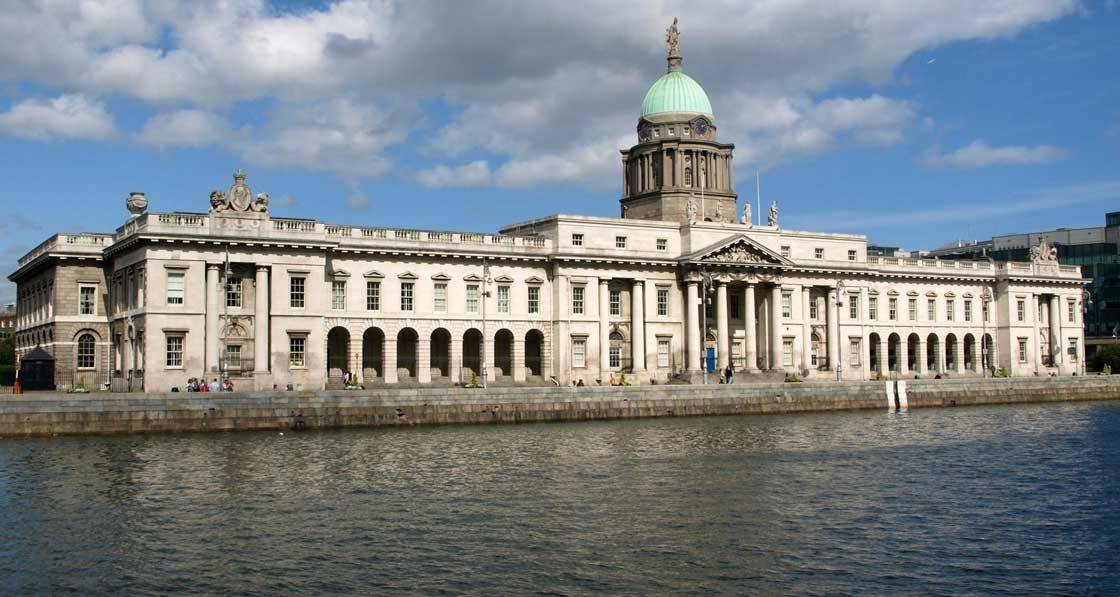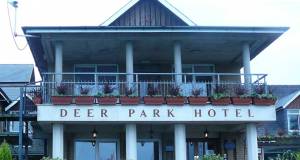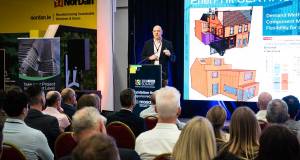
- Government
- Posted
Draft development plan guidelines a “retrograde step”
The Department of Housing has come under criticism for draft guidelines which would prevent local authorities from setting sustainable building targets for buildings as a planning condition, with the passive house standard and low carbon cement directly referenced.
The draft document, Development Plans Guidelines for Planning Authorities, states that objectives dealing with specific issues governed by the Building Regulations or the Building Control Acts should not be included in development plans. “This includes objectives that refer, for example, to specific building standards or methods, such as NZEB, Passive House or Low Carbon Cement,” the document states.
Over the past two decades, progressive local authorities have put sustainable building requirements into development plans to bypass building regulations. This began in 2005, when Fingal County Council introduced requirements in local area plans for 60 per cent reductions in energy use and CO2 emissions for new buildings along with 30 per cent renewable energy contribution. The predecessor to Passive House Plus magazine, Construct Ireland, was heavily involved in this initiative, and assisted Green Party councillors in other local authorities to introduce similar requirements, with successful impacts on the Dún Laoghaire-Rathdown County Development Plan and Dublin City Development Plan in 2006, and local area plans in Wicklow. These initiatives then led to unprecedented improvements to Part L of the building regulations when the Green Party entered government in 2007, including 40 per cent energy and CO2 reductions for new homes compared to 2002 levels and 10 kWh/ m2/yr of renewable energy in 2007, rising to 60 per cent energy and CO2 reductions in 2011. Passive House Plus editor Jeff Colley had first-hand involvement in this process, chairing a Green Party committee on buildings during the Green Party’s first tenure in government, and working with David Healy, a Green councillor in Fingal who worked on the policy from its inception, and who served as special policy advisor to the minister for the environment from 2007 to 2011.
Commenting on the proposed text in the draft development plan guidelines, Healy said: “This proposal would be a retrograde step. I think it’s mistaken about what the legislation is for. The legislation is very wide. There isn’t anything in the planning legislation which says if something can be dealt with in the building regulations then you can’t do it via development plans. That just isn’t there.”
According to Healy, the precedents with energy performance requirements in 2005 and 2006 bear testament to the value of this policy approach. “We know in practice that using the planning system to require more sustainable building has worked very successfully in the past. And in fact it has served as a model for improvements to the building regs. It would be a big mistake if we were to cut off that source of innovation at this stage.”
Healy said that, because compliance with building regulations doesn’t have any regard to design decisions taken at the planning stage, it may cause overheating risks due to excessive passive solar gains, or conversely, significant increases in energy use arising from sub optimal orientation and inefficient building form. “The way that the building regulations are at the moment, they’re not covering all of the issues, because they’re not covering building form, they’re not covering solar gain,” he added.
Related items
-
 #BuildingLife Series: Director at CORA Consulting Engineers, John Casey
#BuildingLife Series: Director at CORA Consulting Engineers, John Casey -
 Green homes and finance join forces for growth
Green homes and finance join forces for growth -
 Hotel demolition judicial review could set embodied carbon precedent
Hotel demolition judicial review could set embodied carbon precedent -
 ZEB Summit celebrates Irish passive progress
ZEB Summit celebrates Irish passive progress -
 Irish and British associations unite for conference as passive house explodes
Irish and British associations unite for conference as passive house explodes -
 IGBC launches case studies to drive nature-led construction
IGBC launches case studies to drive nature-led construction

